What I Talk About When I Talk About Walking

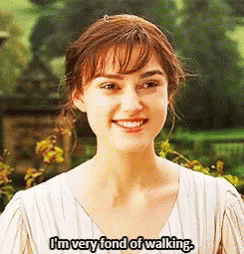
“Pain is inevitable. Suffering is optional.” — Haruki Murakami
I love to walk. Whenever I travel to a new country or city, the first thing I typically do is go on a long walk. I’ll map out a few key points but I keep my itinerary loose in case I come across an interesting alleyway or a hidden coffee shop. I know it’s been a successful day when I hit 20k steps on my Apple Watch and my feet are pleasantly sore.

I didn’t always love walking. I grew up in the suburbs of Southern California. If you’ve never been there, well, it’s incredibly boring. Every house is a carbon copy of each other and everything is super spread out. You can walk for fifteen minutes and not tell the difference. Up, down, left, right, it makes no difference. Everything is the same. It’s ironic that Southern California is blessed with amazing weather everyday, perfect for a stroll, yet its human made environments discourage walking.
I moved to Boston for college and everything was completely different. Boston is a city of culture, rich history and brutal winters. Most importantly: it’s extremely walkable. Boston is a small, compact city which makes it a breeze to walk somewhere if the T happens to be shut down or if there happens to be a lot of traffic.
It’s the home of the Freedom Trail which is a several miles long walk through many historical areas of interest, such as Faneuil Hall, the Bunker Hill monument, Paul Revere’s house and more. Boston is jam-packed with sights, sounds, and food around every corner. Whenever I was bored during college, I would pick a random direction and walk until I got tired.
This habit allowed me to know the city very well compared to some of my friends who rarely strayed from beyond a two-block radius of the Emerson campus. They only knew my school’s immediate surroundings while I knew where to find the best artisanal donuts, the weirdest museums and which comic book stores were worth checking out and which weren’t.
Part of why I love walking is that it allows me to be truly spontaneous. I can pick whatever path I want to choose. If a direction seems boring, I can pivot quickly. I’m not reliant on public transportation or even worse, a car where I would have to worry about parking. I can take breaks when needed and keep shouldering ahead when I have the energy. I usually have my headphones in, pretending I’m the main character in some indie coming-of-age movie. I observe the interesting cast of characters around me: children playing catch with their dog, a pregnant woman pushing a stroller, a skateboarder sporting a mohawk shredding down the street. I get to see small vignettes of strangers living their lives. I take in the sights and the sounds—the smell of a street vendor roasting hot dogs or the beeping of impatient taxi drivers waiting for pedestrians to finish crossing the street.
It’s no secret that I love to travel so whenever I go somewhere new, the first day is the day of walking. I love waking up bright and early and walking around where my hotel is. That’s when everything is peaceful and still—the world moves more slowly in the mornings. You see the locals on their morning routines, whether it’s to school or to work. Elderly people read newspapers at the park or a half-awake person walks their dog. I'm obsessed with glimpses of the quiet mundane everyday lives of people. It's also an excellent opportunity to check out popular tourist destinations before they're jam-packed with people.
I woke up early on my first day in Beijing and observed the morning subway rush of the commuters, while street vendors nearby were packed with businessmen eating their breakfasts. I woke up early in Edinburgh and walked the dew-soaked cobblestone streets while the morning mist enshrouded the city. I wandered around the Roma Norte neighborhood in CDMX and enjoyed the pockets of nature nestled within the busy, bustling city.
Not every place I’ve visited is made for walking, though. India was, by far, the most challenging. I flew into New Delhi, and on my first day, I tried to walk from the Red Fort to the Delhi Gate. On paper, it was only a 27-minute walk. Easy, right?

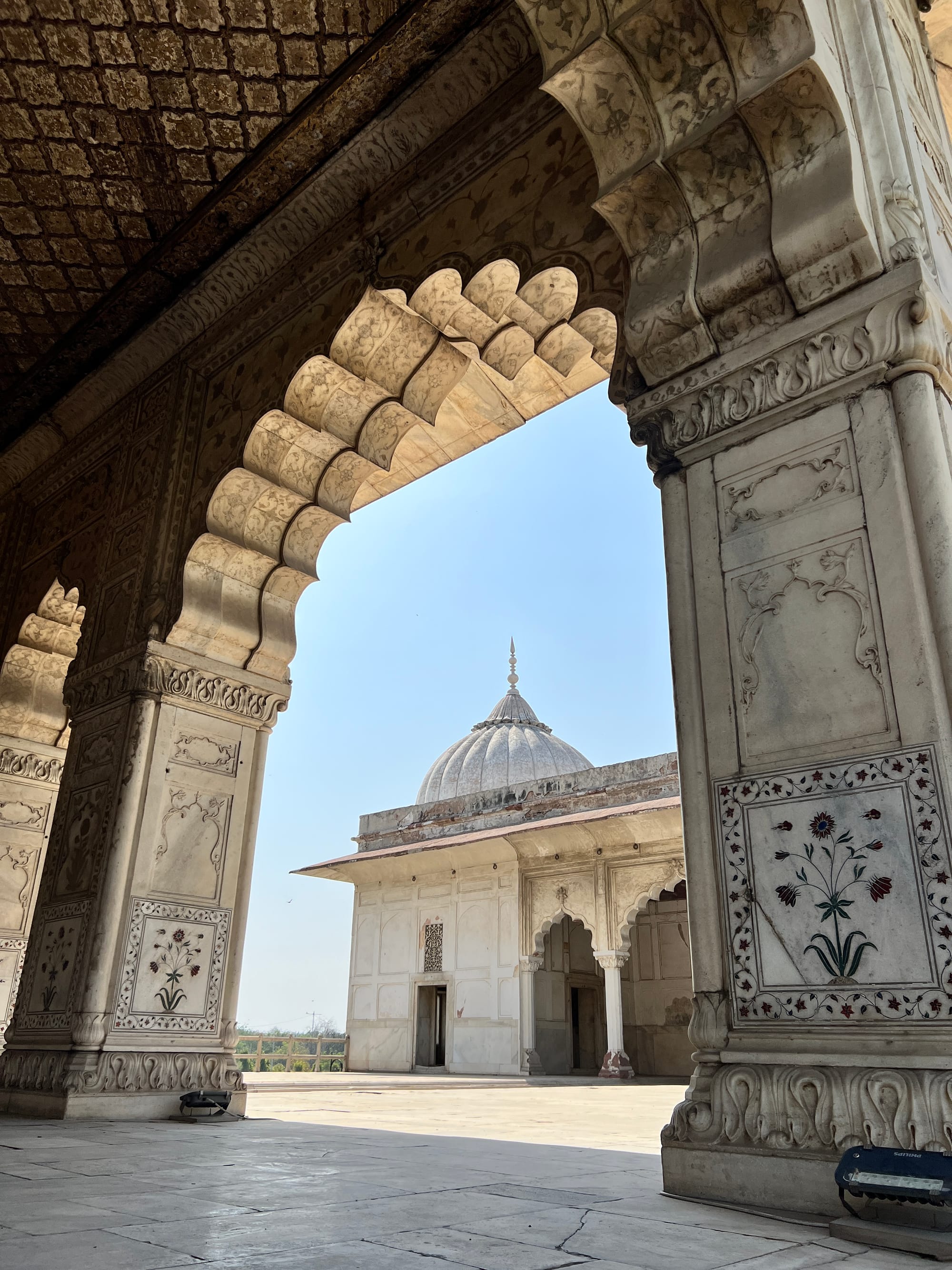
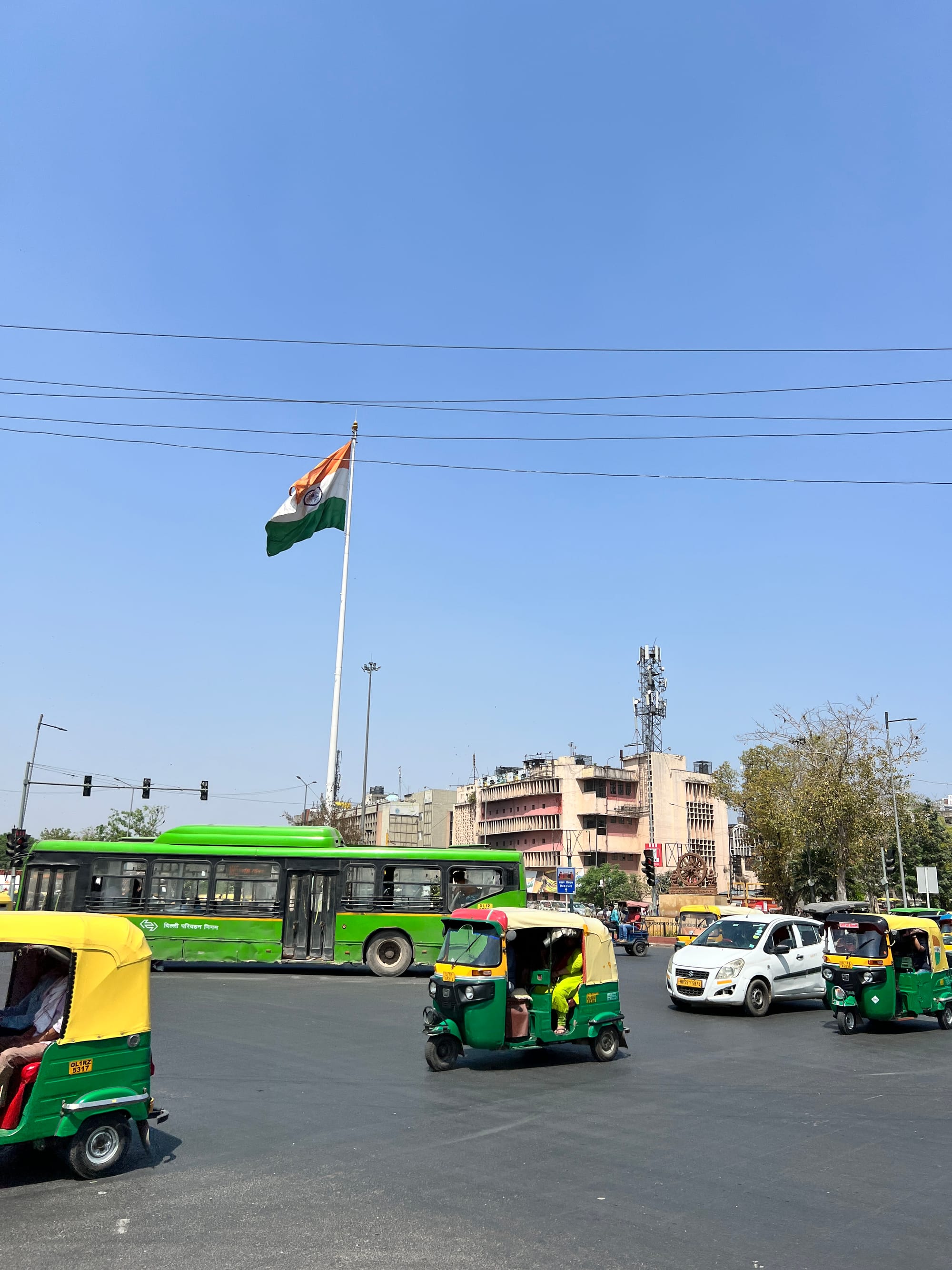
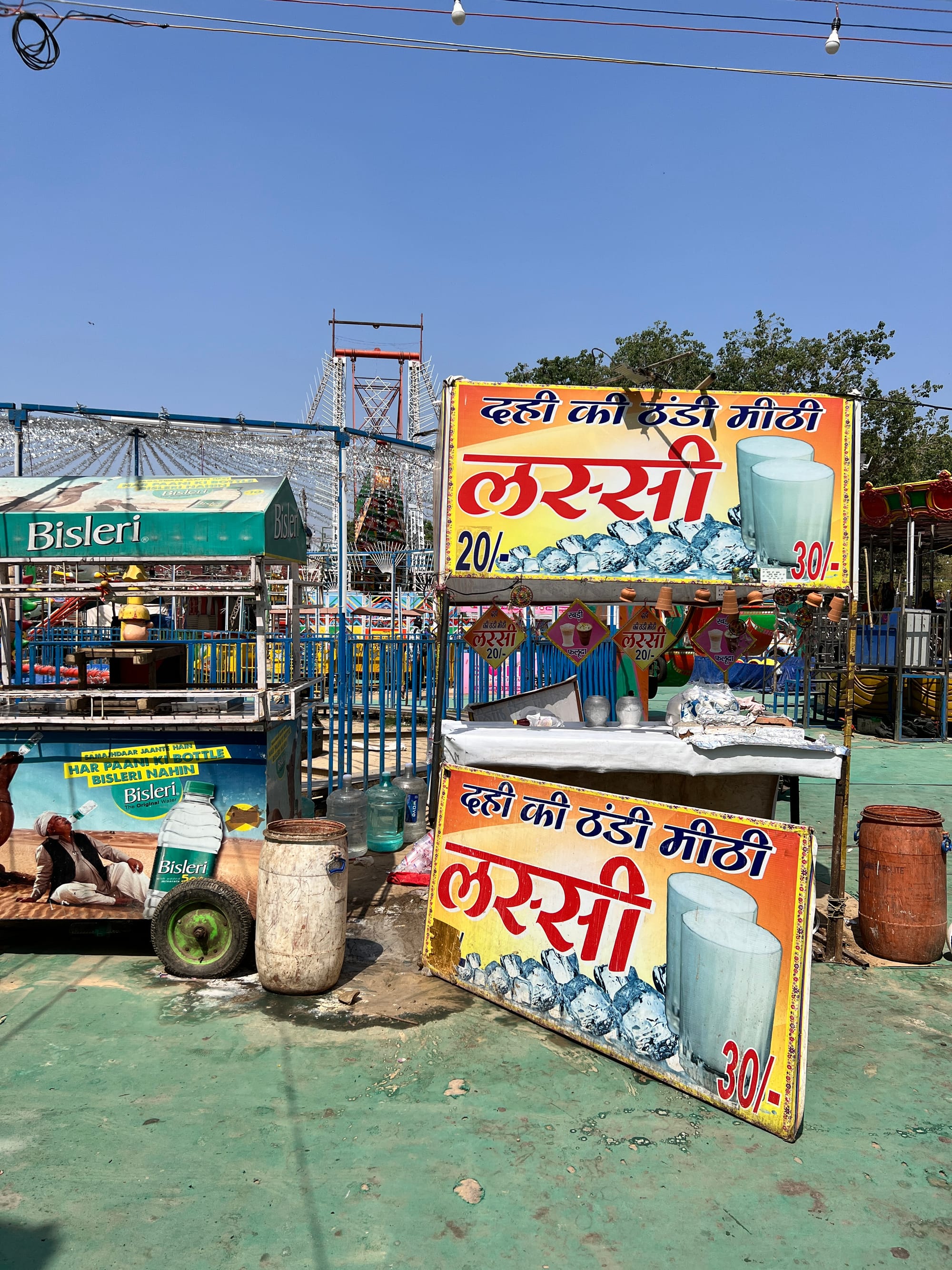
Nope.
The second I got out of the taxi at the Red Fort, I was swarmed. People surrounded me, trying to sell me water bottles, souvenirs, magnets, you name it. One guy was especially persistent—he insisted on walking me to the ticket office and, mid-walk, launched into a sales pitch for his shop across the street. Dresses? He had them. Souvenirs? Also had them. Years of living on the east coast had taught me to ignore strangers who approach you when you walk on the sidewalks. This guy was especially persistent and chatted my ear off, despite my lack of reply. I eventually shook him off at the ticket counter and wandered the Red Fort in peace for about two hours. The noise and the chaos from the street disappeared the second I walked through the red walls.
When I exited, the peaceful facade of the fortress quickly ended and my “friend” from earlier immediately accosted me and tried to guide me towards his shop. I was bewildered-had he waited outside for me this entire time? He was like glue and I couldn’t shake him loose. Fed up with his actions, I gave him 200 rupees and told him I didn’t need anything. Before he could say anything, I darted into a crowd of people and lost him.
I continued my walk, but the chaos didn’t stop. More vendors followed me, shouting offers, getting in my personal space. I get it—they’re just trying to make a living—but in that moment, I felt like a walking wallet. And it was exhausting and overwhelming.
Eventually, the crowd of sellers thinned the farther away I got from the Red Fort. That also coincided with where the walkability of Delhi ended—the sidewalks would emerge and end at random so I would sometimes be walking on the street while cars and rickshaws dashed by. The constant honking never let up. I had to dodge the vast amount of cow shit left behind on the street. It was swelteringly hot, and the air was thick with pollution.
After about 27 minutes, I finally reached the Delhi Gate—but after everything I had just endured, it didn’t feel like much of an accomplishment. I gave up and called a rickshaw to take me to my hotel. The walk had been anything but relaxing.
A few days later, while I was still in India, my tour group made an overnight stop in a small rural village somewhere between Jaipur and Agra. It had been a long day of driving, and I was anxious to stretch my legs. I dropped my things off in my hotel room and went for a walk around the neighborhood. Within just a few minutes, I noticed an entire truck full of men slowly following behind me. I made eye contact with them—they were all leering in my direction, unblinking. A siren blared in my head, and I felt a sense of dread wash over my body.
I quickly turned back toward the hotel and sat in the lobby. The truck crawled to a stop outside, and the men inside continued to silently stare at me from across the street. I took that as my cue to disappear inside. When I finally worked up the courage to peek outside a few minutes later, the truck was gone.
It was an incredibly unnerving situation, and definitely another reminder that, yes, India is a beautiful country to visit—but it can be incredibly unsafe for women. Despite all that, I still love to walk. It’s my favorite form of exploration.
Walking helps me chase the same magic I feel when I travel—even when I’m at home. I’m a firm believer in micro-adventures. They keep life interesting when everything else feels painfully routine. I’d been dreaming of walking the length of Manhattan for a while (yes, inspired by Broad City) but winter had me deep in my sedentary era. So instead of jumping straight into that, I decided to train by walking the entirety of Brooklyn first.
I started in Greenpoint, Brooklyn’s northernmost tip, and walked all the way down to Coney Island. I passed Polish neighborhoods, Jewish neighborhoods, Black neighborhoods, Indian neighborhoods, Russian neighborhoods. I strolled past Prospect Park, admired brownstones, and wandered through residential blocks.
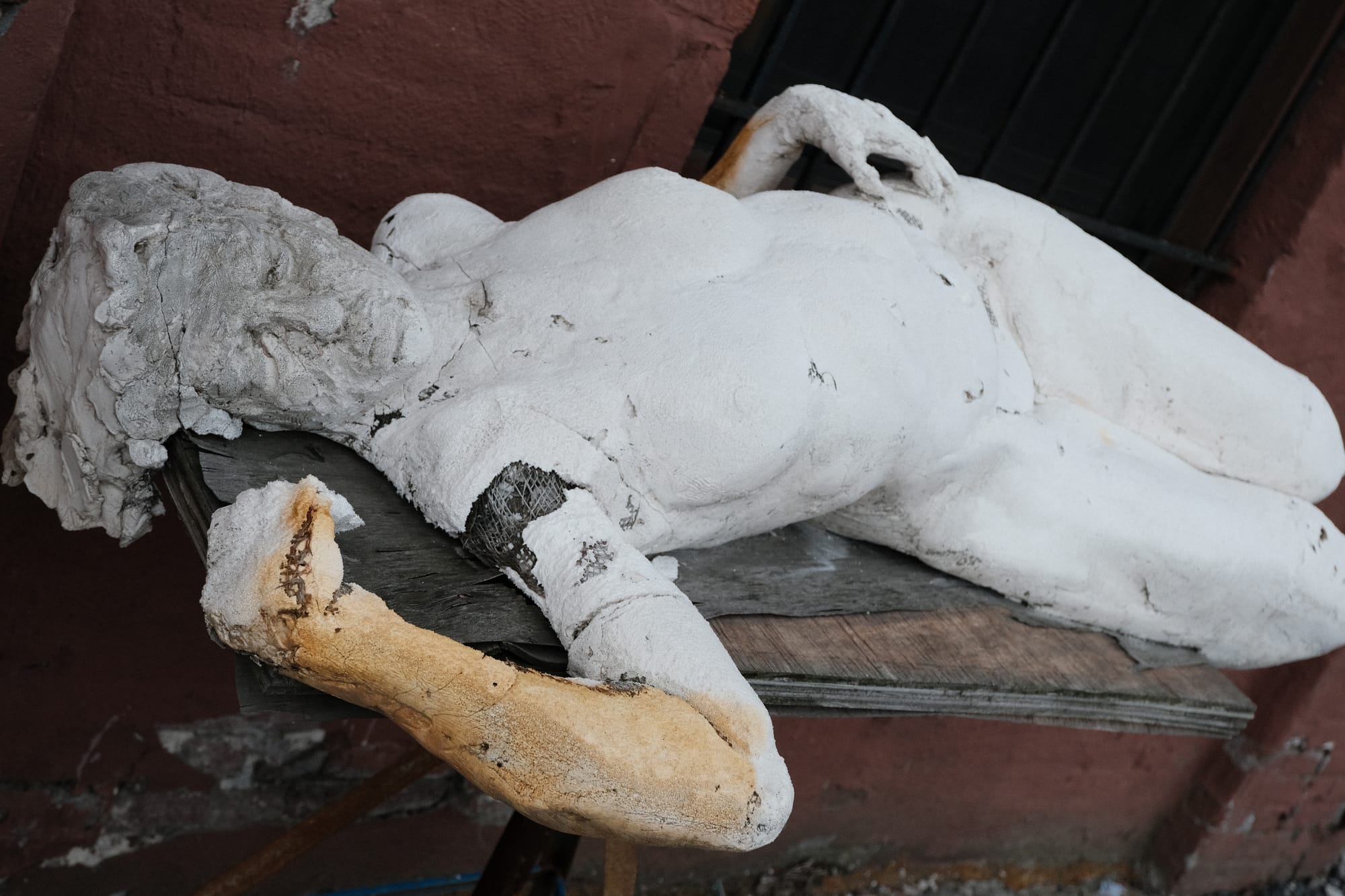


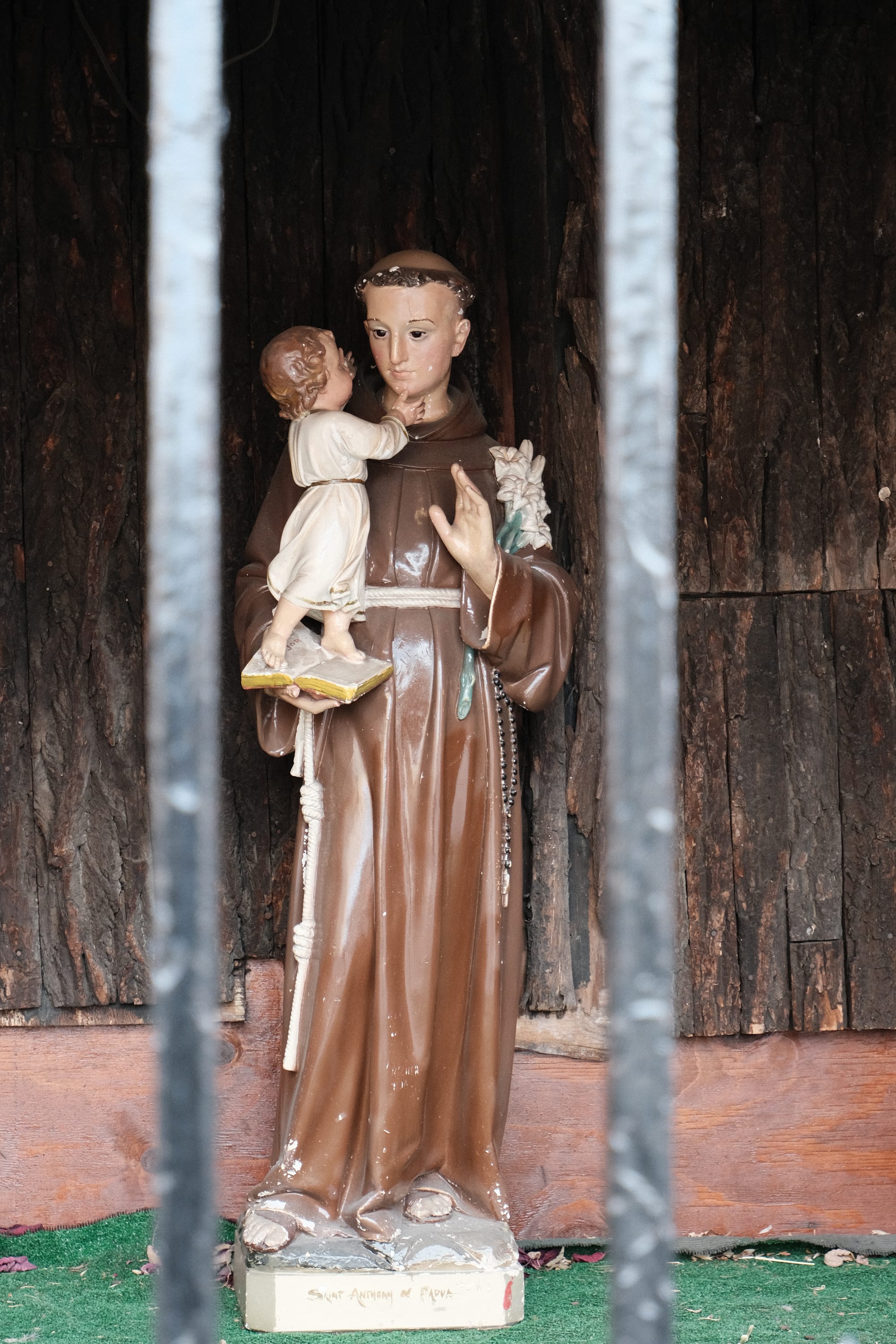
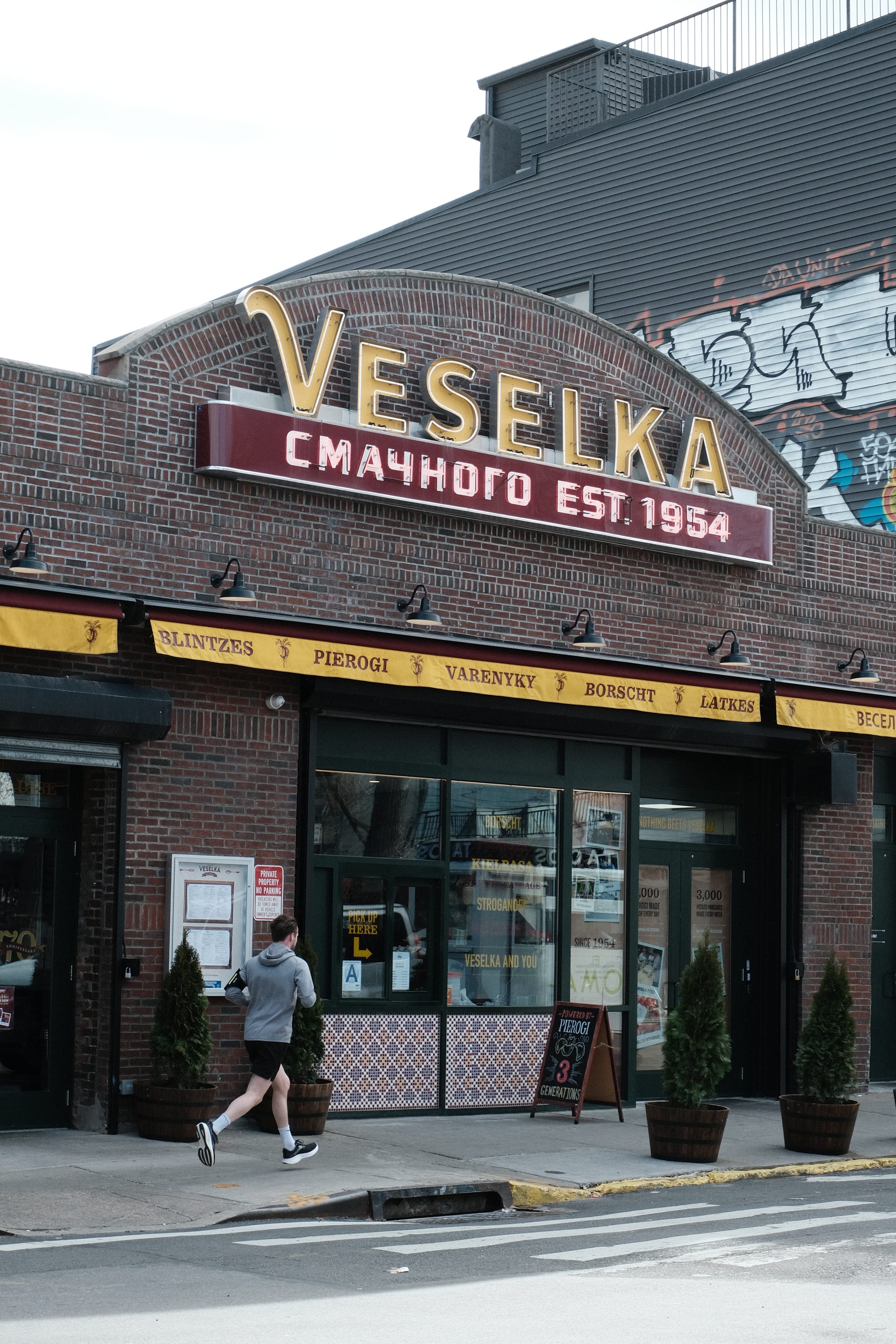


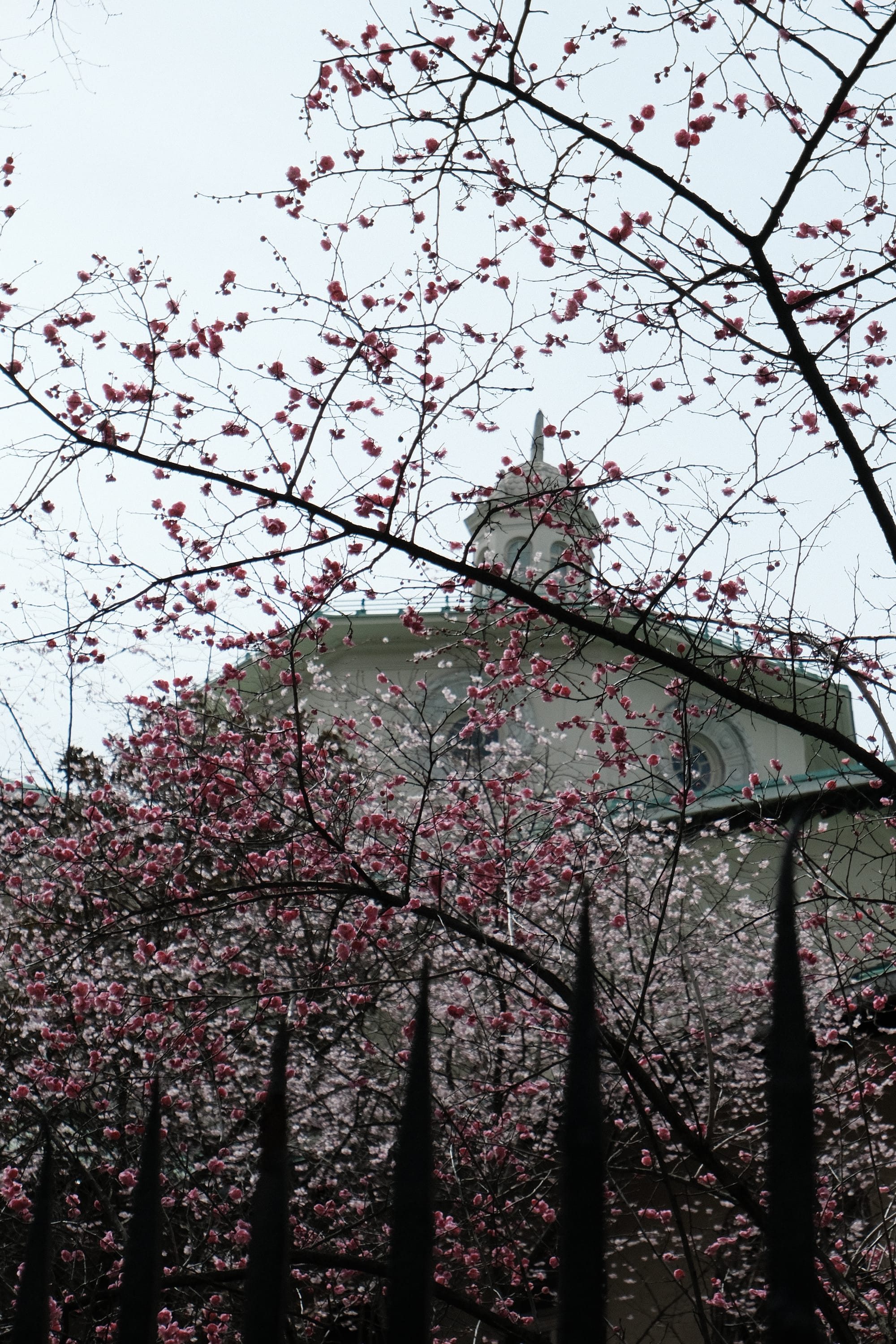

All in all, it took me 6 hours to complete the trek and my legs were in pure agony for the last two hours.
“Pain is inevitable. Suffering is optional,” I reminded myself.
Yes, I could feel the blisters forming on my feet with every step I took. But the sense of accomplishment of finishing that walk? Worth any temporary discomfort I was feeling in that moment. You can’t always control how you feel, but you can control how you respond to those feelings. I could’ve bailed the second I got uncomfortable—but then this blog post wouldn’t exist.
I think people fear discomfort more than they should. Especially now, in an age where life’s conveniences are only a single button click away. Tired? Uber. Hungry? DoorDash. Want new shoes? Amazon Prime. Absolutely not! Challenge is necessary or else we become stagnant and complacent. And for me, being complacent is the worst thing that a person can be. To quote Benjamin Franklin, “Many people die at twenty five and aren't buried until they are seventy five.”
The title of this post is a reference to Haruki Murakami’s memoir, “What I Talk About When I Talk About Running.” It’s a stream of conscious novel where it documents his his love for running interspersed with moments from his personal life. It’s an awesome memoir and I found it quite inspirational even though I have no plans of ever running a marathon. I’ll certainly walk the equivalent of one though!
Some walks are peaceful, others are chaotic. Some walks take place across the ocean while most take place near home. But no matter where I am, walking helps me feel rooted in the moment. It connects me to the world around me—and gives me stories and experiences I wouldn’t trade for anything.